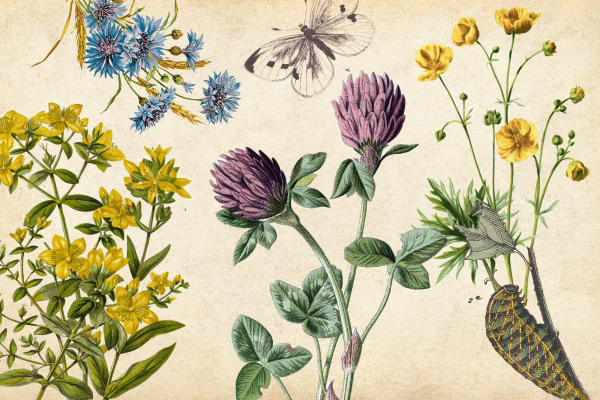I BEGIN IN the garden, which sounds biblical but is literal. It’s the day after the spring equinox, and I’m standing outside the Basilica of the National Shrine of the Immaculate Conception in Washington, D.C. The National Shrine is the nation’s largest Roman Catholic church. It’s stuffed to the vaulted ceilings with religious art, but I’m not here for the soaring mosaics and gilded icons.
What I’ve come to see — the Shrine’s Mary garden — turns out to be underwhelming. A statue of the Virgin presides over an empty reflection pool; the garden’s central fountain is also dry. The circular stone terrace is flanked by cherry trees and dormant bushes. The rose bushes are pruned back, and the tulips have yet to open. Except for cherry blossoms unfurling overhead amid a hum of bees, much of the garden still sleeps from winter. I expected a profusion of tangled plants and lush greenery, but this early in the season, nothing much is blooming.
I came to the garden looking for evidence of a movement. Pope Francis’ 2015 encyclical “Laudato Si’: On Care for Our Common Home” called for a global ecological conversion. Inspired by a faith that views humans as Earth’s caretakers, and guided by the science behind native gardening, Catholics around the world have heeded the pope’s call by planting native habitats. Parishes, backyards, and schools are restoring land with local species. Some habitats take the form of Mary gardens: devotional spaces that both honor the Mother of God and enhance biodiversity. Other habitats convert manicured landscapes into pollinator gardens.
The gardeners who tend these spaces range from Girl Scouts to a pair of Instagram-savvy nuns; what they share is a belief that planting native species is a practical way to integrate their faith and environmental values — and to respond to the climate crisis.
Read the Full Article

